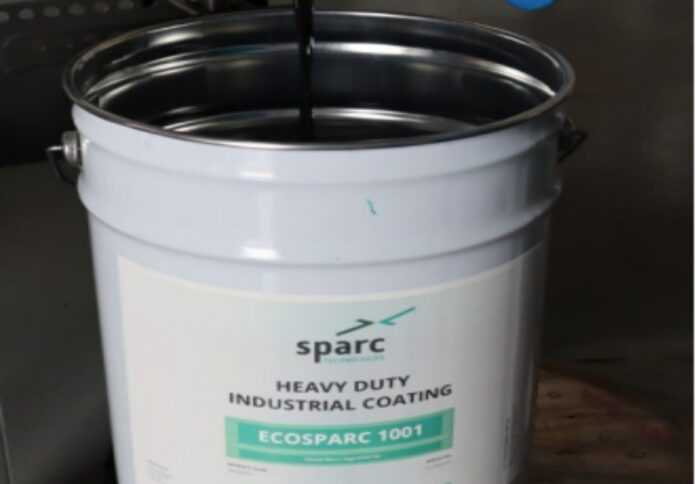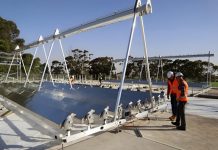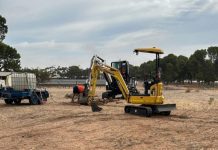
Australian graphene production company Sparc Technologies has received a $934,195 research and development tax refund as part of the Australian government’s R&D tax incentive, relating to the 2022 financial year.
In an ASX announcement, Sparc said it is lodging the R&D claim for the 2023 financial year, which will reflect the company’s continued expenses on R&D initiatives.
The company’s R&D activities for the fiscal year ending on 30 June 2022 have been acknowledged through the receipt of an incentive refund, which, along with the anticipated refund for the upcoming fiscal year 2023, will support Sparc’s work on projects that involve graphene, green hydrogen and sustainable batteries.
“We are delighted to announce that Sparc has received the R&D rebate for FY22. This rebate is a critical source of funding for our company and provides significant support for our research and development work in areas such as graphene-based additives and renewable energy,” said Stephen Hunt, executive chairman of Sparc Technologies.
The R&D Tax Incentive scheme has been administered by the Australian Taxation Office and AusIndustry and allows companies to secure up to a 48.5 per cent refundable tax offset of eligible expenses on research and development activities.
The ASX-listed tech company focuses on pioneering new technologies designed to disrupt and transform industry while seeking to deliver a more sustainable world.
Among Sparc Technologies’ major priorities include graphene, which is now being produced at a dedicated commercial production facility.
The company is commercialising graphene in a number of applications, including graphene-based additives for the protective and marine coatings market, along with applications in the renewable energy and construction materials sectors.
Sparc also develops photocatalytic green hydrogen technology that does not require solar and/or wind farms, or electrolysers as with conventional green hydrogen processes.

















